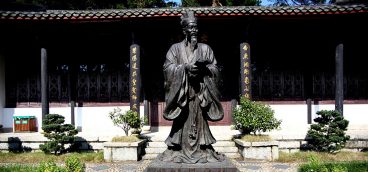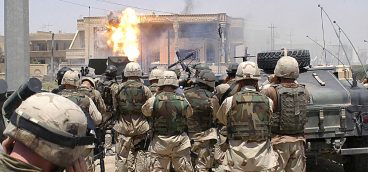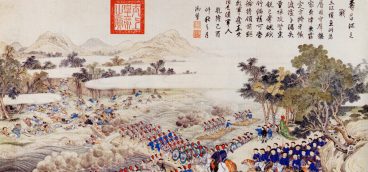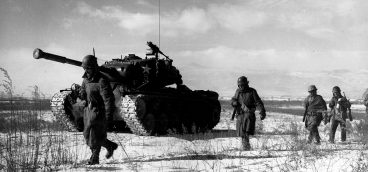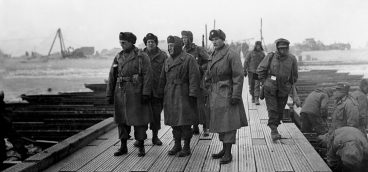“True, but Irrelevant”
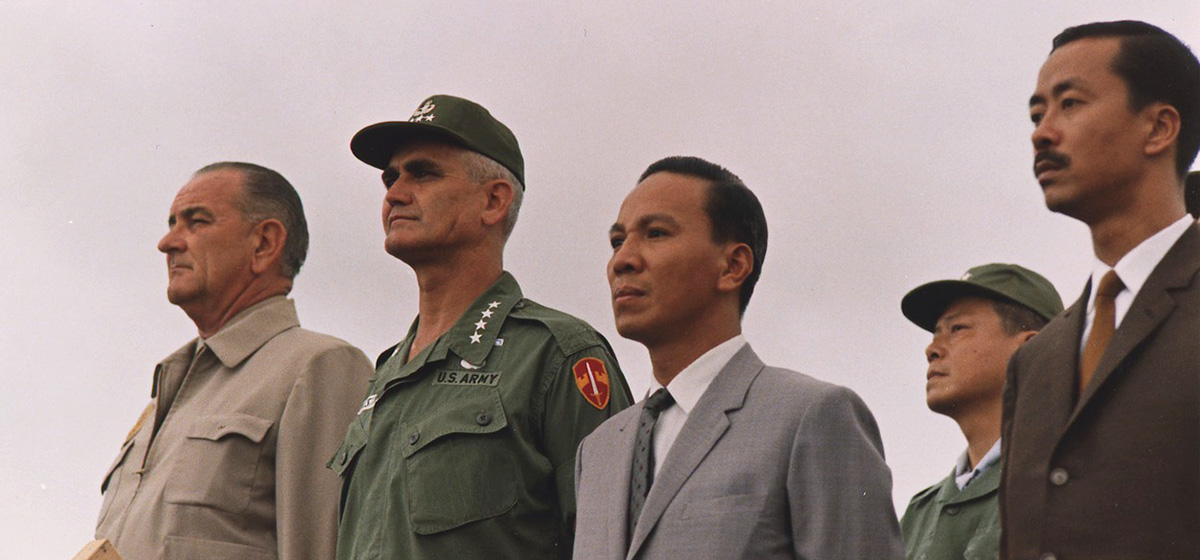
Speaking of peace, Merry Christmas! As noted last week, some aspects of the domino theory were correct. Following the defeat of the Nationalists in China, South Korea would certainly have become Communist absent U.S. intervention. The same can be said for South Vietnam, although in that case the Communist takeover was only delayed (albeit by two decades).
But the implications of the domino theory were flat-out wrong. The main implication, and the justification for U.S. intervention in Korea and Vietnam, was that once these nations became Communist they would represent in essence one gigantic Communist polity allied against the democratic West.
Taiwan, Japan and the rest of Asia would be hopelessly lost.
But as noted in our survey of the history of Vietnam, most Communist leaders were national patriots first and Communists second. Mao feared Stalin and Stalin feared Mao; Mao feared Hồ and Hồ feared Mao; North Vietnam (and subsequently the Socialist Republic of Vietnam) maintained good relations with Communist Laos, but Vietnam and the Khmer Rouge in Cambodia despised each other.
Indeed, no sooner had the United States withdrawn from Vietnam than, in 1978, the latter invaded Cambodia, crushing the Khmer Rouge, China’s ally. Furious at this aggression against a friendly nation, the Chinese then invaded Vietnam.
Although the Chinese withdrew quickly and were unable to dissuade the Vietnamese from their activities in Cambodia, China did manage to demonstrate that the USSR could not protect Vietnam from China.
All this chaos and continued enmity—right up to this day, when Vietnam and the United States are allied against China—demonstrate that the main implication of the domino theory was false. The Communist nations of Asia and southeast Asia were and remain hostile to each other, with few exceptions. That hostility extended up to and including military hostilities between Vietnam and Cambodia, China and Vietnam, and China and the Soviet Union.
Knowing the history of the region and the relations among the nations and cultures, Sun Tzu might well have argued that whether the Asian nations were Communist or not, they would remain hostile to each other, not monolithically aligned against the West. Therefore, the War in Vietnam need not have been fought.
That would have saved the lives of 58,000 American soldiers, 230,000 South Vietnamese soldiers, more than one million North Vietnamese and Viet Cong soldiers, and of course hundreds of thousands of civilians.
But Sun Tzu was a general, not a politician, and he couldn’t always choose which wars to fight and which to avoid. In the anti-Communist frenzy of the 1950s (Who lost China?/The Korean War/The McCarthy Era) it might not have been possible to avoid war in Southeast Asia or even to avoid escalating that war during the Kennedy and Johnson years.
In that case, how might Gen. Sun Tzu have fought the war?
First, let’s look at how the war was actually fought, primarily by Gen. William Westmoreland, who we might think of as the anti-Sun Tzu.
From a traditional American military perspective—apply massive force to the enemy until he is crushed or surrenders—we could hardly have done better than to have Gen. William Westmoreland in command of U.S. forces in Vietnam.
First Captain of his class at West Point (as was MacArthur), a sterling career in World War II, a general in Korea and superintendent at West Point, Westmoreland was as good as it gets.
Unfortunately, unlike World War II and Korea, which were conventional wars, Vietnam was a guerilla insurrection. Neither Westmoreland, nor the Chiefs of Staff, nor any of the other senior civilian or military defense leaders had any idea how to fight such a war. Indeed, none of them even seemed to know they were, in fact, fighting a guerilla war.
America’s strategy in Vietnam had suffered a great deal from the defects of America’s strategy in Korea. The sudden entry into the war by the Chinese and the humiliation of the American Eighth Army were seared into the minds of American military and political leaders.
As a result, the obvious strategy to win the war—invade North Vietnam and destroy and disarm the North Vietnamese regular army—was off the table from the beginning. Nobody had any appetite for taking on the Chinese People’s Liberation Army just to save South Vietnam.
Once that decision was made, all else followed. Hồ and Gen. Giáp knew they were safe behind their borders, and they also knew that the North Vietnamese Army had no chance of defeating the Americans head to head. Ergo, they mounted an insurrection, supplying the Viet Cong from North Vietnam, Laos, and Cambodia, mainly along the Ho Chi Minh Trail.
The idea was that the Americans would wear themselves out chasing shadows, and eventually the American public would tire of the war. After the Americans left, defeating the South Vietnamese would be child’s play.
And that’s pretty much exactly the way it worked out, although it took far longer than Hồ and Giáp had anticipated. The Americans were terrific at taking the battle to the enemy—“search and destroy,” it was called—but wherever they searched, the enemy wasn’t there.
A telling conversation occurred between an American and a North Vietnamese general after the war:
American: “You never beat us once.”
North Vietnamese: “True, but irrelevant.”
The amount of “force” applied by the Americans against the enemy in Vietnam is almost inconceivable. As an example, the United States dropped twice as many bombs in Vietnam—eight million tons—as both the Americans and British dropped in all of World War II.
That application of force certainly killed a great many enemy soldiers. Notwithstanding the inflated “body counts” so beloved by Westmoreland, one historian estimated that North Vietnam lost the American equivalent of 17 million dead and missing over the course of the war, compared to the 58,000 American dead.
But the Americans lost anyway. Yet, the final phase of the war would prove to be ironic in the extreme, as we’ll see next week.



